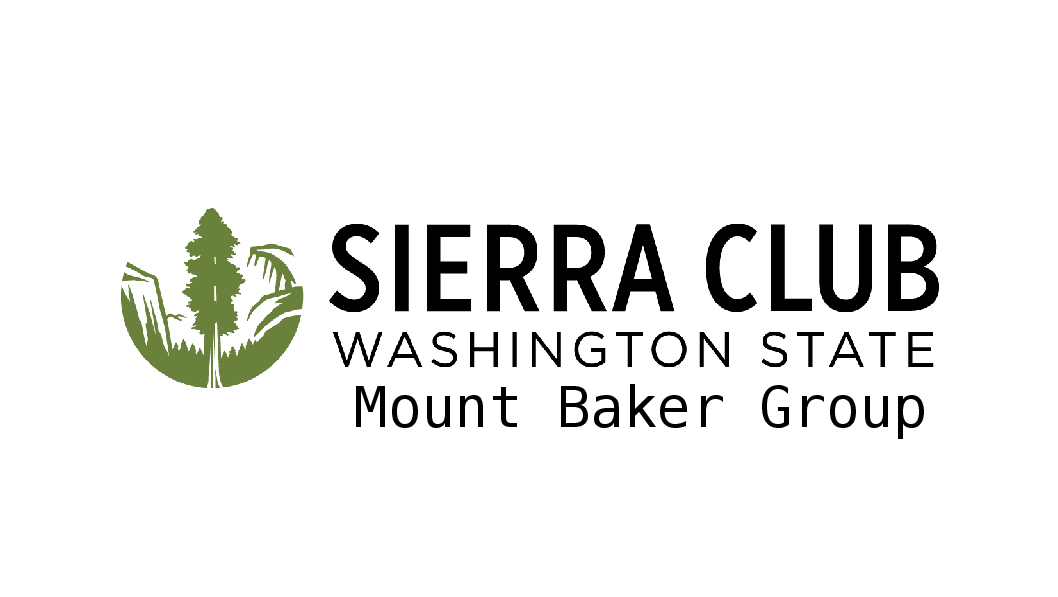Help Us Find Snakes!
Surveys to Resume in Spring 2026 - Additional Cover Object Deployment in Progress

Common Sharp-tailed Snake (Contia tenuis)
Kwiaht is looking for volunteer homeowners to host cover boards and to help us monitor them for rare snakes! Cover boards, or “Artificial Cover Objects (ACOs),” are plywood boards measuring 2 feet by 3 feet that attract snakes, making it easier to locate otherwise hard-to-find species, like rare Sharp-tailed Snakes. These boards are placed flat along the ground in locations to be surveyed/monitored. On a periodic basis, boards are lifted to determine whether or not Sharp-tailed Snakes are present. Sharp-tailed Snakes appear to prefer relatively undisturbed forest-edge environments that provide them with a slug-heavy diet. These cryptic snakes are also known for their association with habitats characterized by South facing slopes, Garry Oak grasslands, and rocky areas.
If you are interested in volunteering to host boards on your property, please send us an email! Our biologists will arrange a site visit to assess potential board placement and to provide you with any additional information. We request that homeowners be able to check under boards at least once weekly during the spring and fall and to send photographs of any observed snakes to the project coordinator. If Sharp-tailed Snakes are identified, our team will work with homeowners to determine next steps with monitoring. Board monitoring is expected to resume in the spring of 2026.
Click here to view our 2025 report.
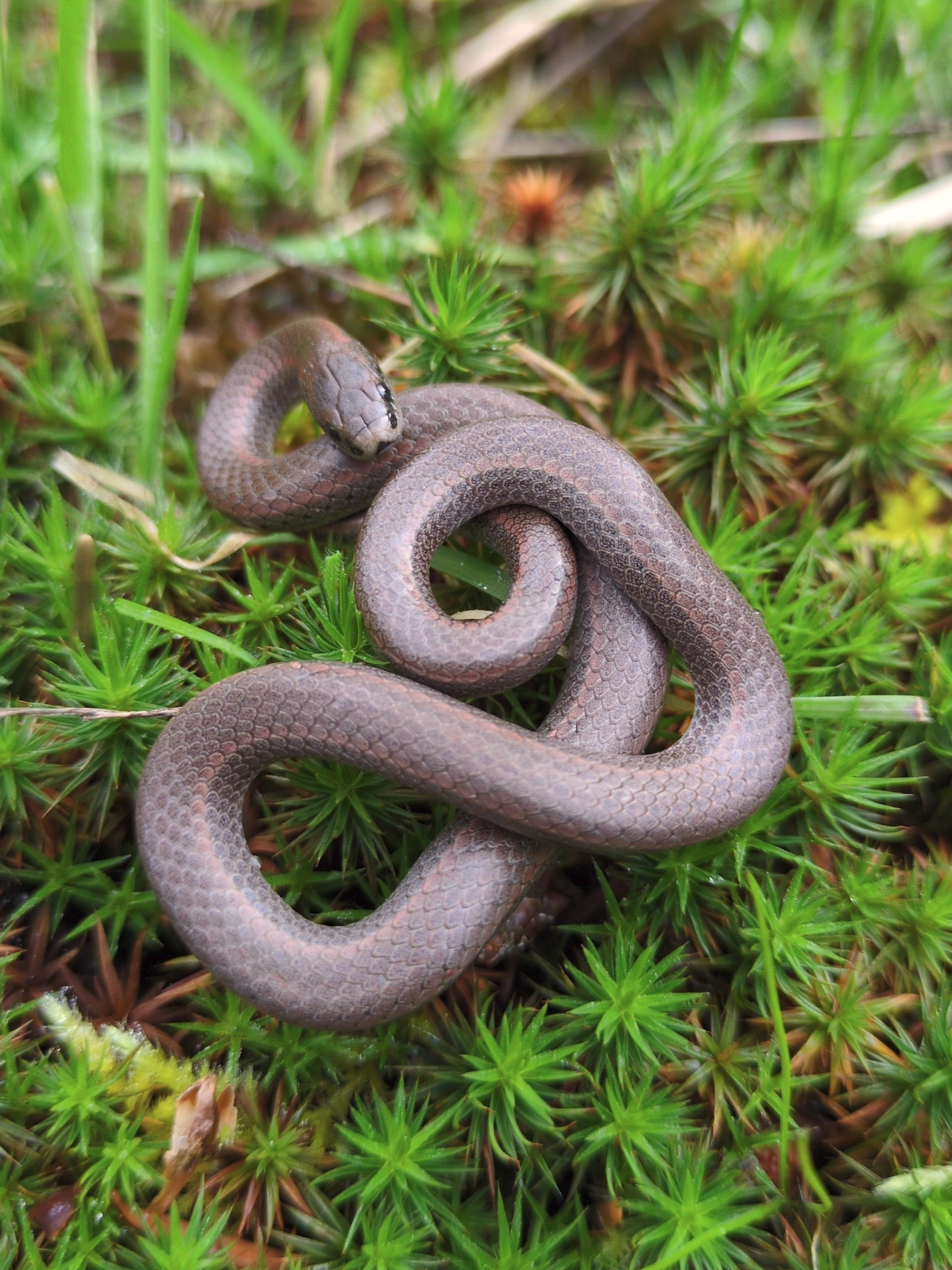
Common Sharp-tailed Snake (Contia tenuis)
Common Sharp-tailed Snakes, which occur along the West Coast and British Columbia, are state-listed as one of Washington’s “Species of Greatest Conservation Need,” as well as a “Priority Species” under the state’s Wildlife Priority Habitat and Species Program. This species is small (usually less than a foot long) and spends much of the year underground, making them a rare find and a challenge to study. As such, there are numerous gaps in our knowledge of the species – gaps that Kwiaht researchers are hoping to address by studying our island populations. San Juan Island and Orcas Island are home to two of the most actively-studied populations in Washington. Kwiaht is documenting the seasonal activities of both populations and both prey and snake DNA samples are being analyzed at Kwiaht’s Lopez Island laboratory. The main goals of this research are to investigate the ecology of our island populations, including prey identification and the degree of “relatedness” between island populations and mainland snakes. Through cover object surveys, we are also collecting valuable data on the distributions of other wildlife throughout the islands, including Northern Alligator Lizards and our three native Gartersnakes.
Check out some of our latest citizen scientist sightings!
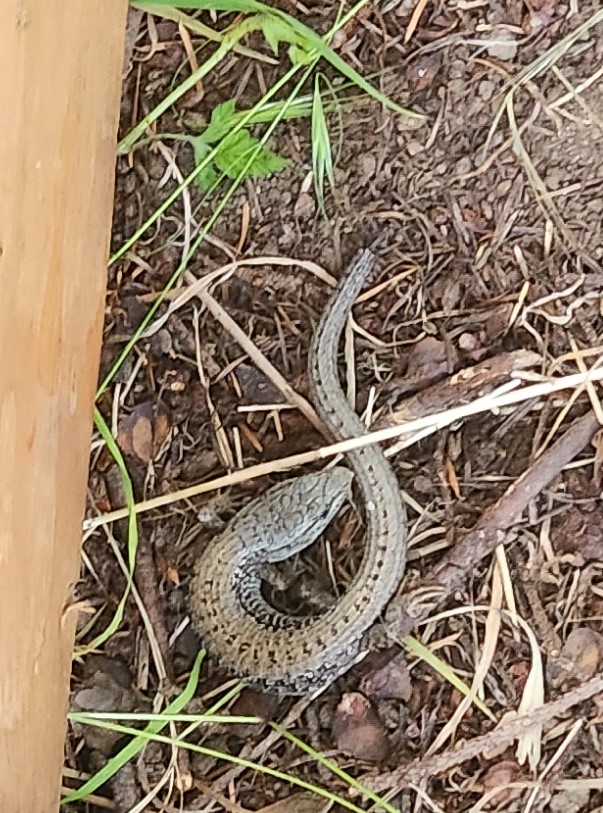
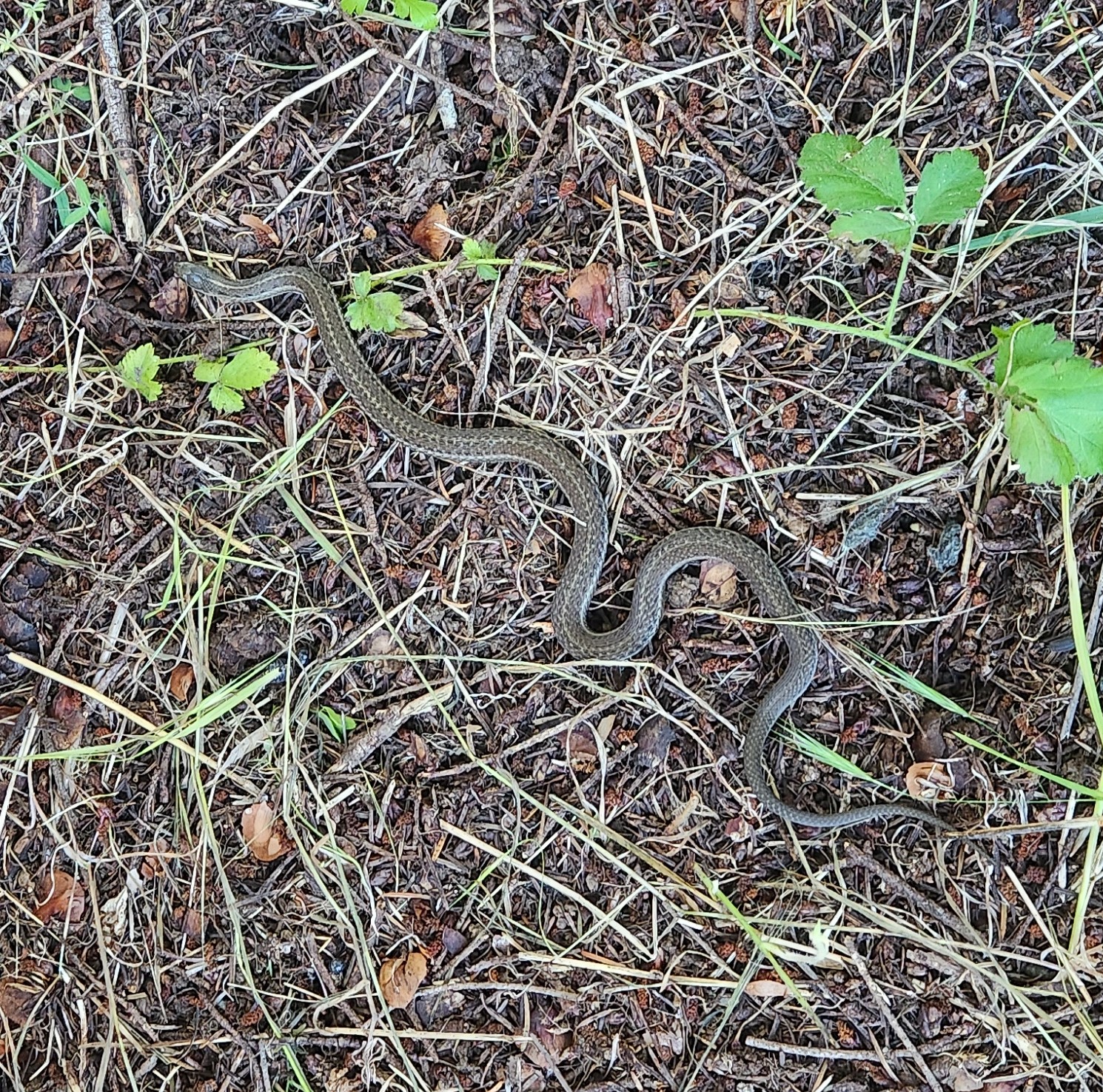
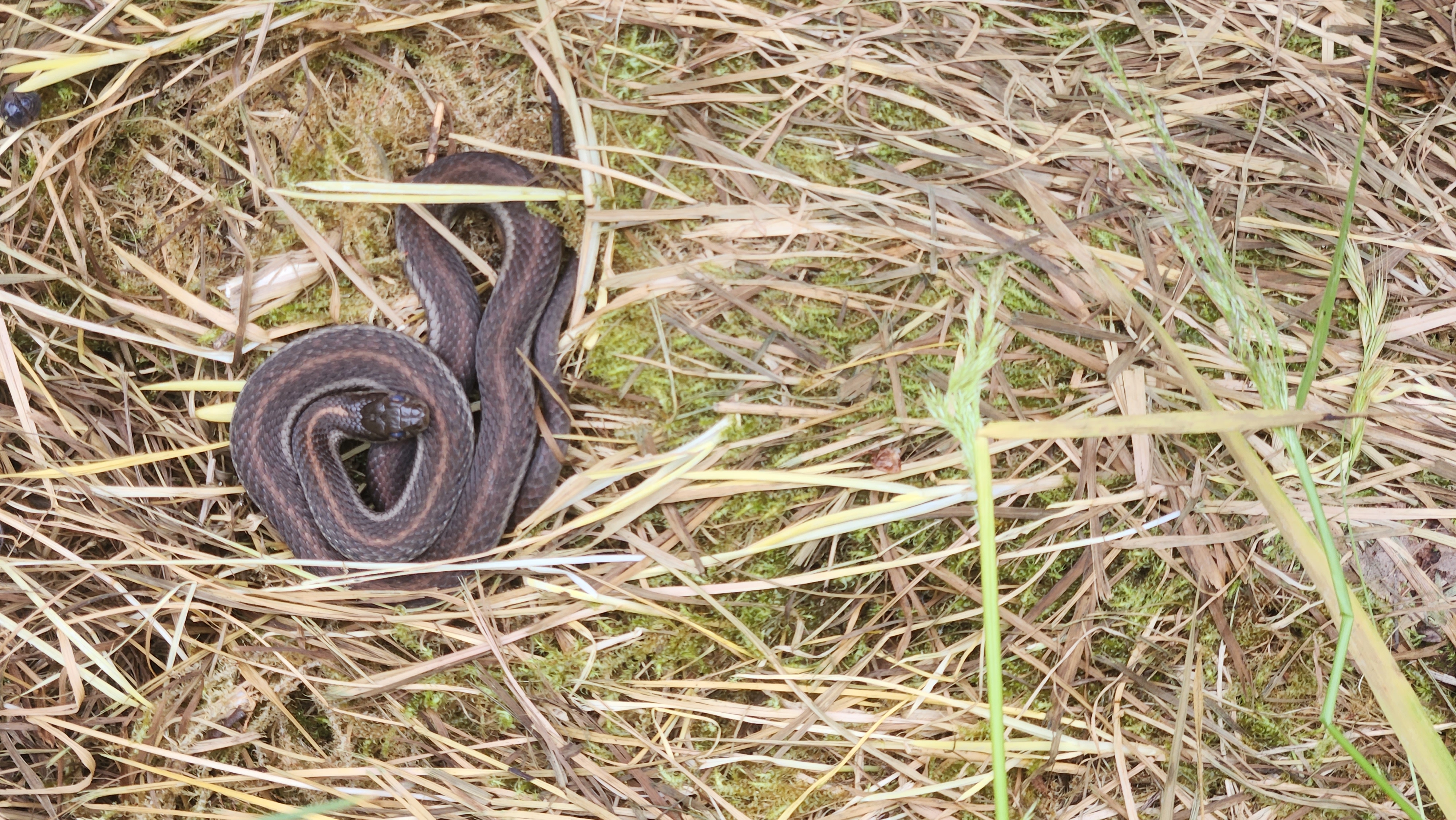
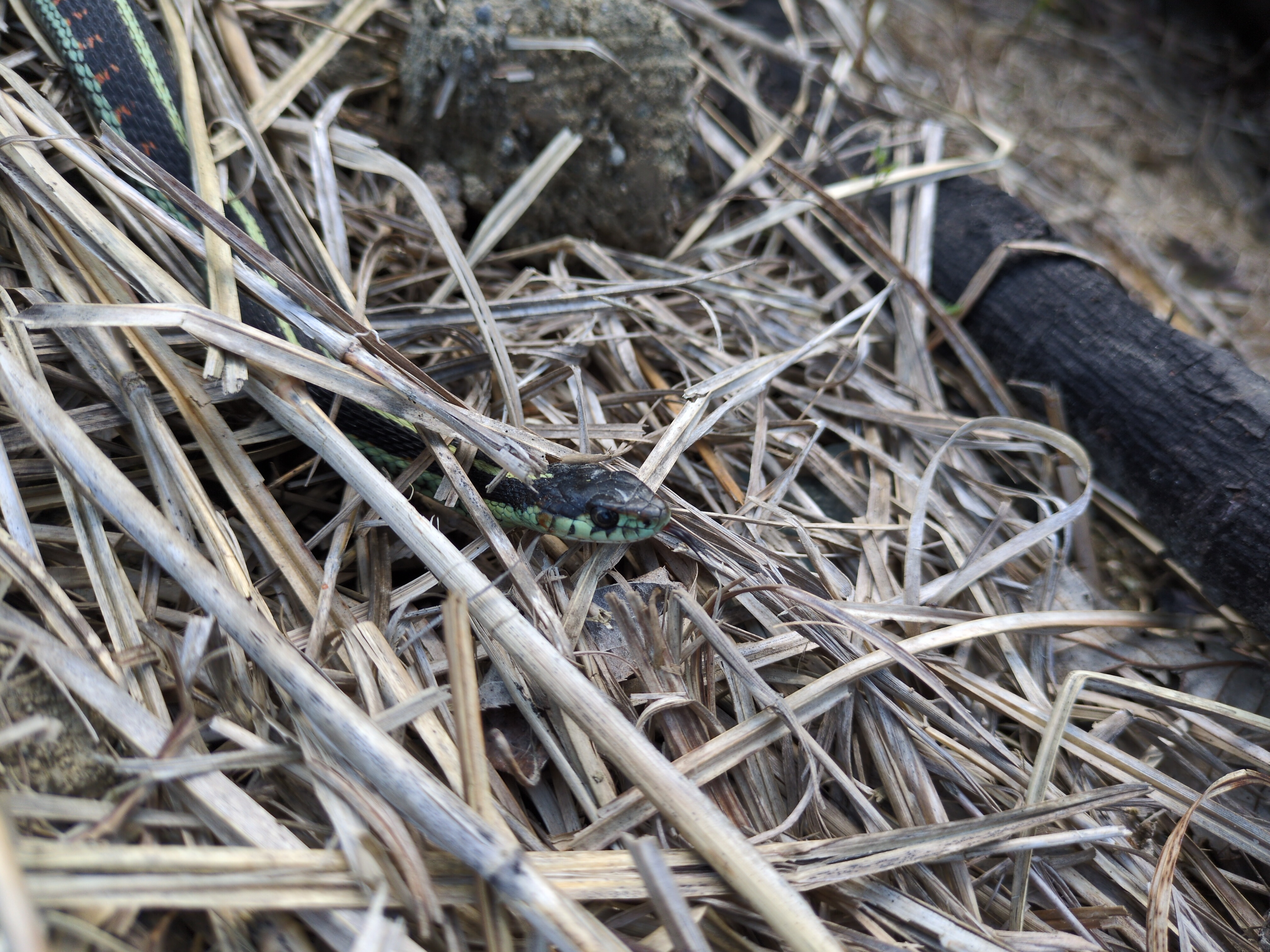
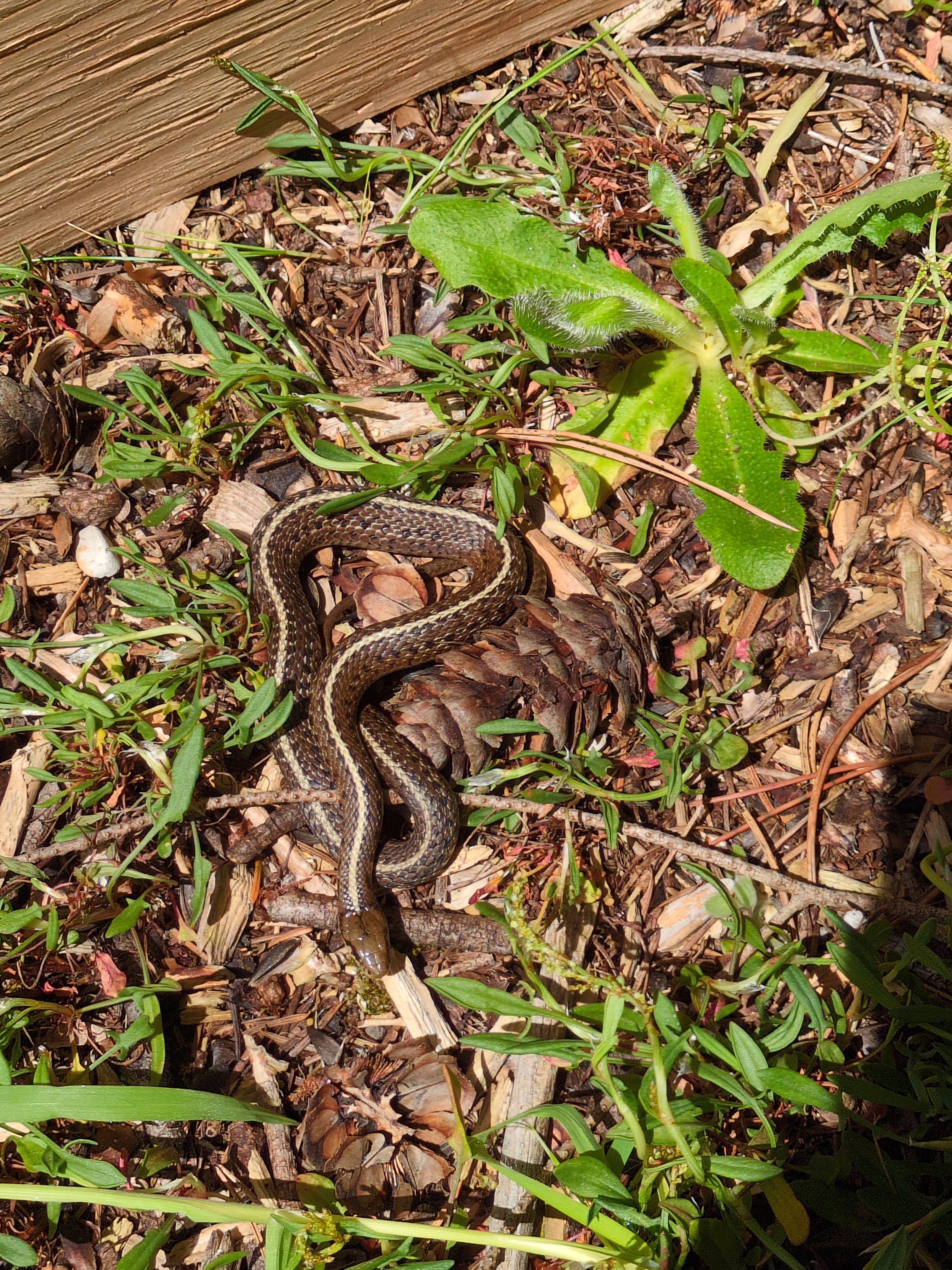

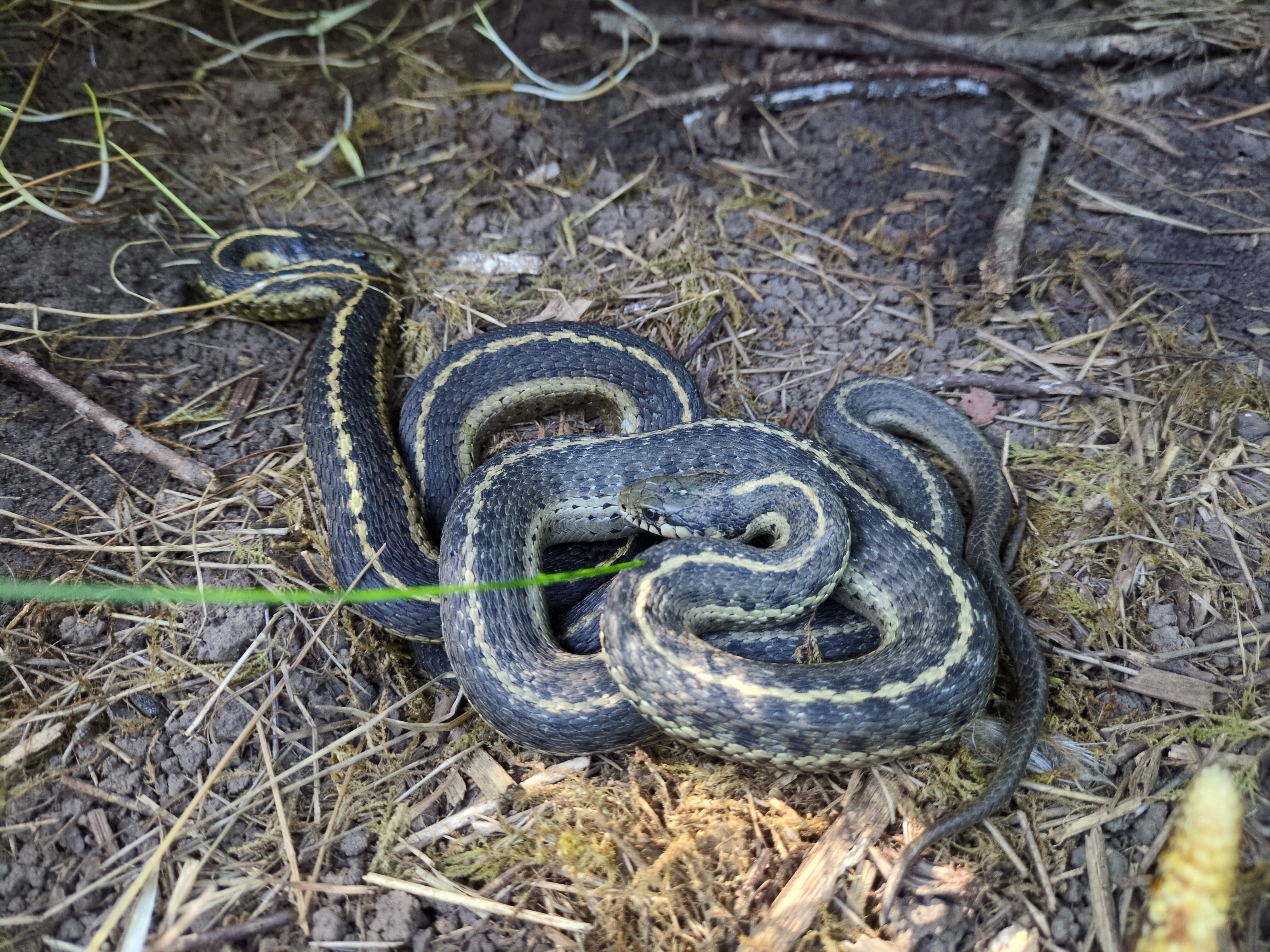
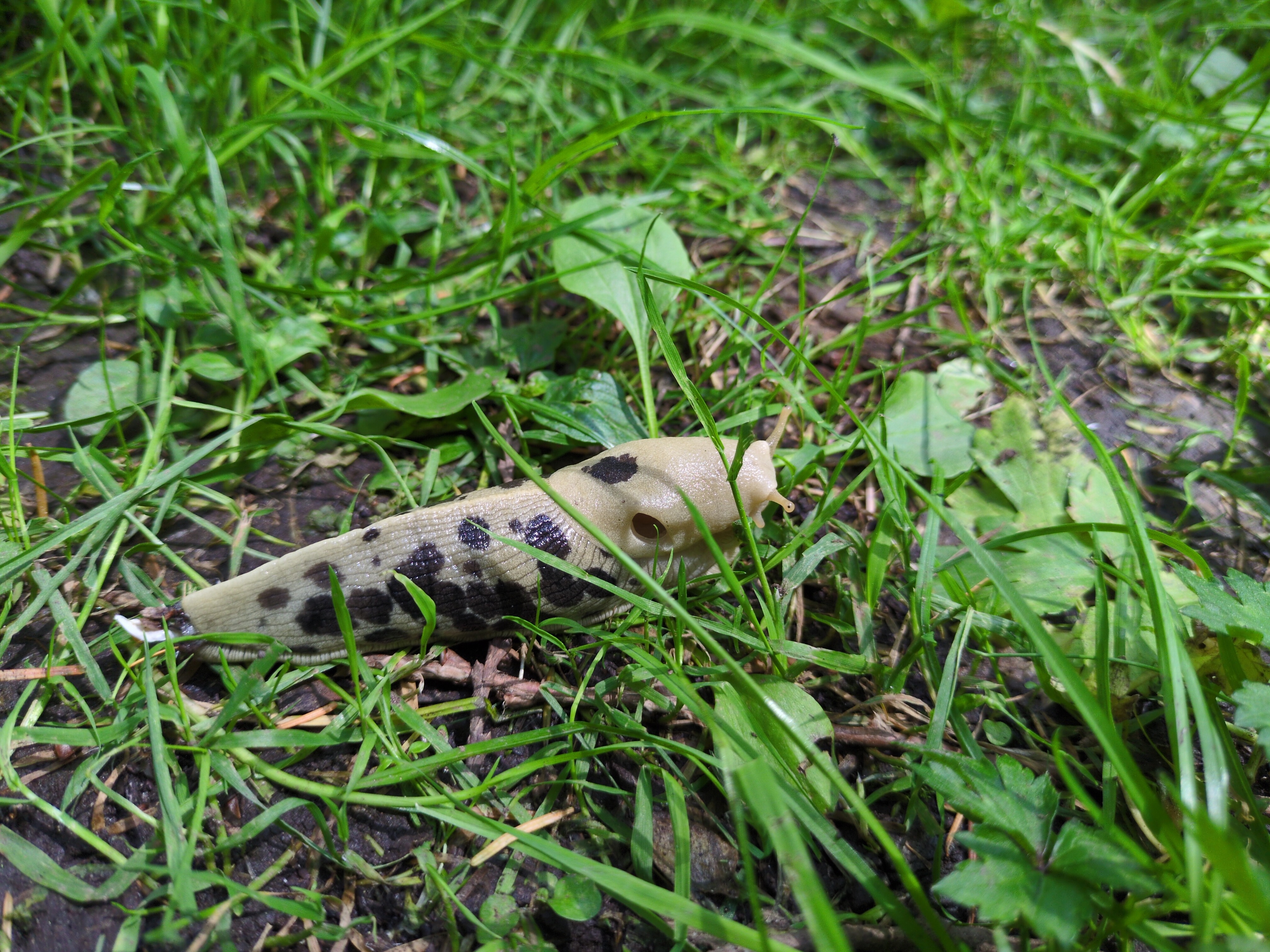
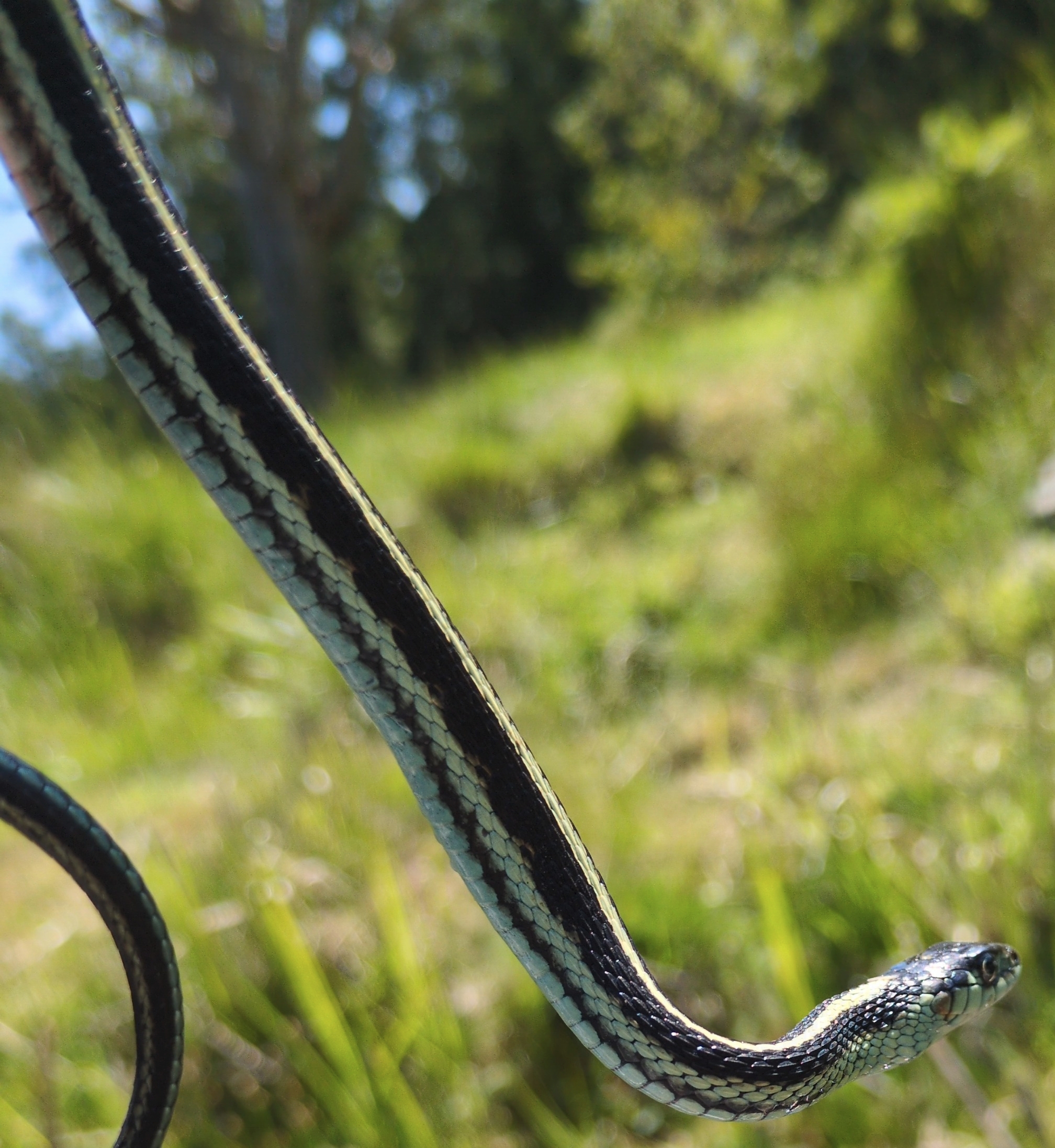
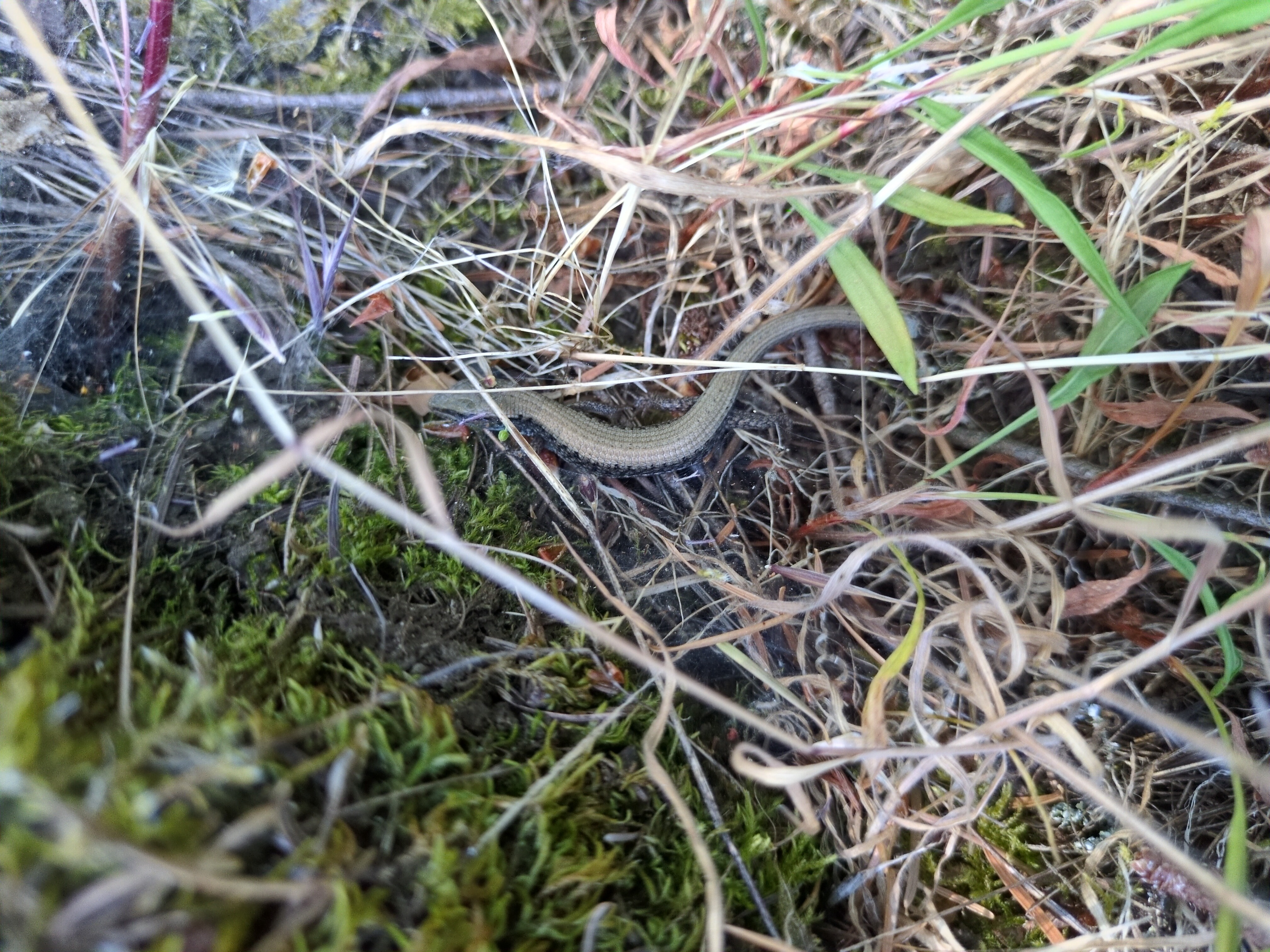
Building a Monitoring Network
Citizen science sites are the latest addition to Kwiaht's Sharp-tailed Snake Monitoring Network, which includes sites of historical occupancy and long-term monitoring in collaboration with the National Park Service and The San Juan County Conservation Land Bank on San Juan Island and Orcas Island. These sites serve as good references to help us direct and guide our sampling efforts trhoughout the islands.
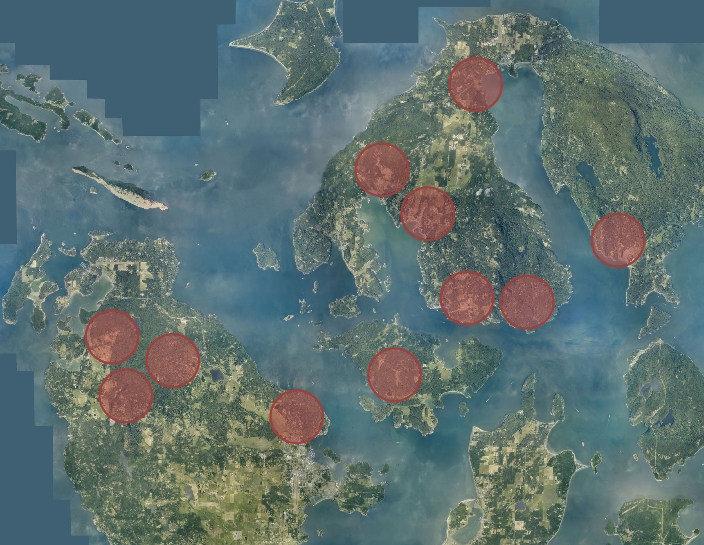
Areas of study comprising the Monitoring Network, including approximate locations of citizen science survey locations.
This citizen science project is made possible by generous funding from The Sierra Club's Washington State Chapter and Mount Baker Group. Additional funding for Kwiaht's snake research has been provided by the San Juan Island Community Foundation, the Orcas Island Community Foundation, Save The Snakes, and individual donors. Other project support has been provided by the National Park Service, the San Juan County Conservation Land Bank, and The San Juan Preservation Trust.
Permits for this work are provided by the National Park Service and the Washington Department of Fish and Wildlife.
Aerial imagery from San Juan County GIS.

